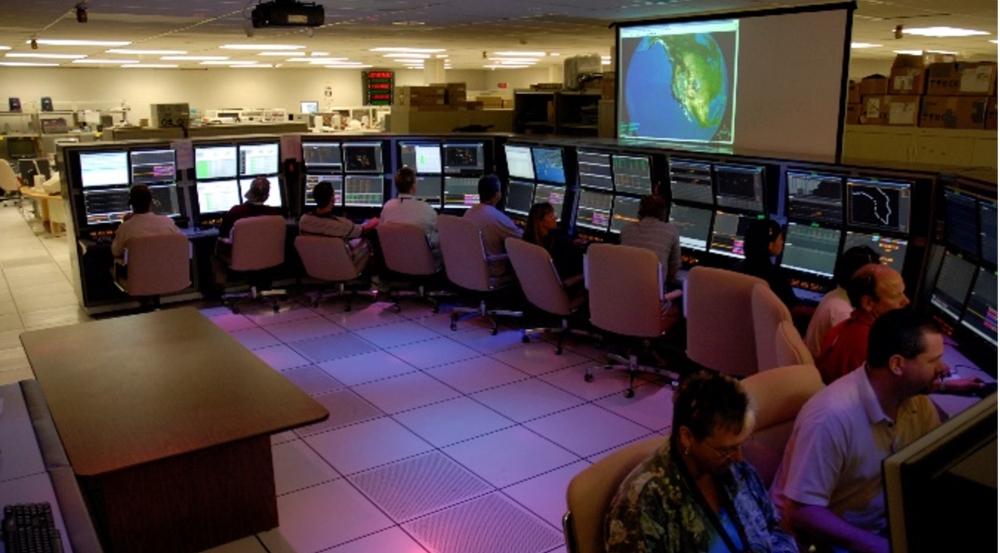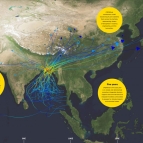Reagan Test Site Automation and Decision Support

Each year, Department of War agencies execute many tests to study the flight characteristics and capabilities of missiles, interceptors, and satellites, and to verify their functionality, efficiency, and reliability. Vast amounts of radar, optical, and telemetry data are collected during these tests. Because these tests are growing in complexity—some track multiple simultaneous intercepts by several fielded weapons systems (e.g., Patriot and Aegis)—data collection is becoming increasingly difficult for sensor operators, particularly if tests deviate from the prescript plan (called a non-nominal situation). When a test is nominal, sensor operators follow a predefined routine; but, when a test turns non-nominal, operators must make critical decisions in real time about which contingency plan to use and, for example, how to allocate the limited sensor tracking and data collection resources among the many objects in flight or about to be launched. Often, the contingency plan that makes the best use of limited sensor resources is not an obvious choice because fewer or more targets than expected are in flight. A stressed operator's erroneous decision on which object to track can result in a failure to capture important data; for example, radar data are collected on a low-priority object instead of on a high-priority one.
To significantly reduce the risk of inadequate data collection during tests, we initiated the Reagan Test Site (RTS) Automation and Decision Support (RADS) program to develop tools to automate data collection and provide decision support to mission controllers and system operators. These tools, designed to relieve system operators of many routine determinations, will allow operators and mission controllers to concentrate on managing complex or non-nominal tests and on assuring data-collection requirements are met.
The RADS concept calls for building computer software that automatically performs tasks that are well defined by a set of rules and a sequence of instructions (for example, using predefined waveforms over a specified time period during the test). For tasks that involve judgment and abstract thinking, the developers are designing automated decision support algorithms that can help operators choose optimal courses of action.
The automation tools are divided into two main modules: mission and sensor. The mission module observes the state of the mission and dynamically assigns tasks to Reagan Test Site sensors on the basis of the mission's goals and the available sensor resources. A typical task is dispatching a sensor to collect a given set of data on a given object; for instance, the Millimeter-Wave radar could be directed to collect wideband data on a reentry vehicle. The sensor module receives the high-level task and decomposes it into low-level sensor commands, such as selecting the waveform to be used.



